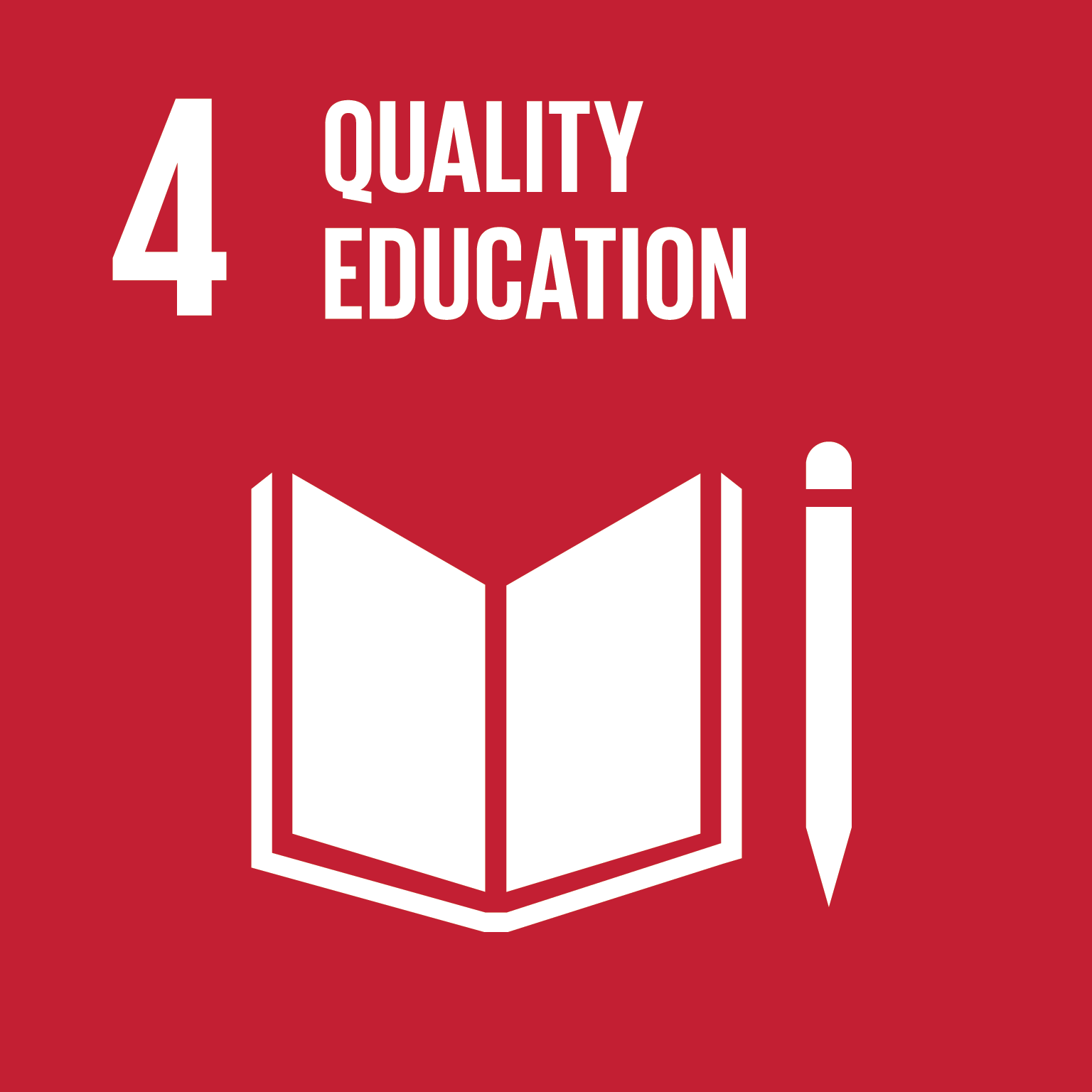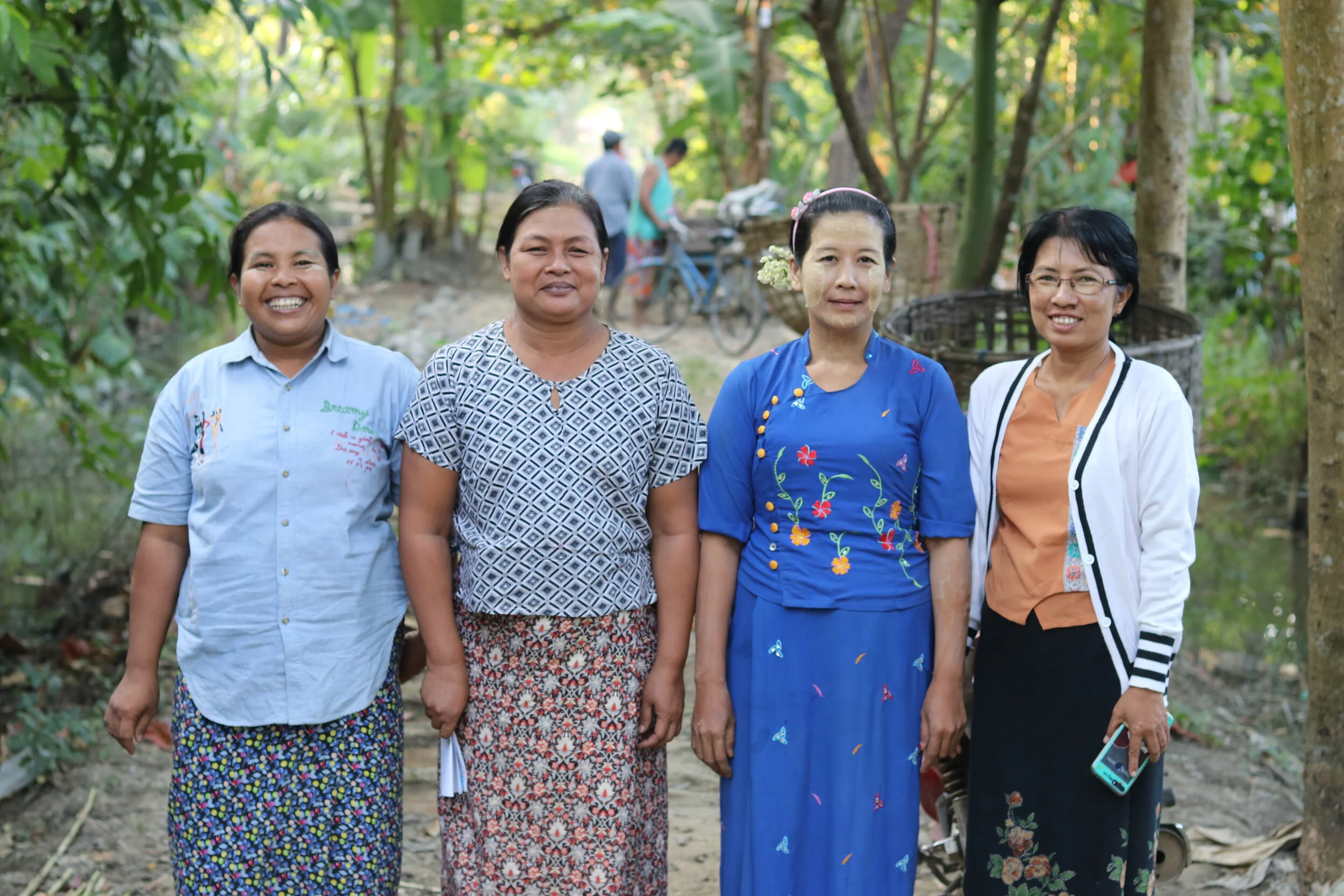Since inception (2006)
11.9M+
PEOPLE REACHED
8.3M+
WOMEN REACHED
7.6M+
RURAL PEOPLE REACHED
65
COUNTRIES REACHED
Our Strategy:
Social impact is the core of our mission as an impact-first investor, and thus is an essential component of our investment approach. We approach the social impact of our lending through in two ways:
Investing in Women
MCE prioritizes loans to enterprises that are women-led, employ and serve a majority of women, or specifically develop products or services for women. Equal access to opportunities for women leads to enhanced productivity, business success, and improved outcomes for women, their families, and their communities.
Investing in a thriving environment
MCE prioritizes loans to innovative companies scaling climate-smart solutions that demonstrate financial viability and positive environmental impact can go hand in hand. MCE investments also support people, businesses, and entire communities to build resilience to climate and economic shocks.
By the Numbers
We are committed to measuring and evaluating the social impact of our investments, which allows us to learn from our portfolio, share with our community, and manage for even greater impact as we progress toward our mission.
We strive to improve the ways in which we collect quantitative impact data that is relevant and catered to the internal capacities of our portfolio companies and integrate this data into our investment decision-making processes. In doing so, we validate the impact of our portfolio companies and ensure the accuracy of the information that we report to our community.
Below you will find a summary of the key quantitative impact data from our FSP and SGB portfolios.
Cumulative People Reached*
The below chart provides our best data-driven estimates for the cumulative number of people that MCE has reached since 2006, segmented into total, women, and rural beneficiaries. Scroll over the chart for details.
Rural Borrowers Reached (Cumulative)
Women Borrowers Reached (Cumulative)
2022 FSP Partner Survey
2022 FSP Survey data
Active End Borrowers — Gender Breakdown
Active End Borrowers — Geographic Breakdown
$3B+
OUTSTANDING FROM FSPS TO END BORROWERS
1.9M+
END BORROWERS
1M+
PEOPLE WITH VOLUNTARY SAVINGS ACCOUNTS
598K+
NEW BORROWERS REACHED IN 2022
$1.6K
AVERAGE LOAN SIZE (WEIGHTED)
383K+
PEOPLE RECEIVED BUSINESS EDUCATION OR FINANCIAL LITERACY TRAINING IN 2022
59K+
PEOPLE RECEIVED HEALTH EDUCATION OR MEDICAL SERVICES IN 2022
3K+
PEOPLE RECEIVED AGRICULTURAL TECHNICAL ASSISTANCE IN 2022
2022 SGB Partner Survey
Smallholder Farmers Reached
The below chart shows the number of smallholders farmers reached by our SGB portfolio each year, disaggregated by gender.
Jobs Supported
The below chart shows the number of individuals employed full-time by our SGB portfolio each quarter, disaggregated by gender.
2022 SGB Survey Data
Smallholder Farmers Supported — Gender Breakdown
Full-time Jobs Supported — Gender Breakdown
Smallholder Farmers
31K+
FARMERS TRAINED IN BEST PRACTICES
89K+
FARMERS WHO SOLD CROPS TO SGBS
286K+
FARMERS WHO RECEIVED HIGH-QUALITY INPUTS
90K+
FARMERS WHO RECEIVED FINANCING OR CREDIT
Other impact metrics
$19M+
IN FARMER REVENUE PAID BY SGBS IN 2022
4.7K+
JOBS SUPPORTED
713K+
Organically certified hectares under cultivation
883K+
METRIC TONS OF CO2 EMISSIONS MITIGATED*
*Total portfolio metric
U.N. Sustainable Development Goals
In 2015, the United Nations established the Sustainable Development Goals (SDGs), a strategy to end poverty, protect the planet, and ensure prosperity for all by 2030. Our FSP and SGB lending activity contributes toward several of these goals.
Learn More »
MCE strongly believes that microfinance is a key enabler of many of these goals. SDG 1—to end extreme poverty—explicitly mentions equal rights and access to financial services, including microfinance. Financial inclusion has a direct or indirect impact on nearly all aspects of development, including gender equality, health, education, and economic growth. This is confirmed by a working paper published in April 2016 by the World Bank’s Consultative Group to Assist the Poor (CGAP), which describes the links between access to financial services and SDGs 1 - 10 and 16.
In addition, the SGBs in MCE’s portfolio work in the agriculture value chain, water and sanitation, and renewable energy sectors, directly contributing to SDGs 2, 6, 7, 8, and 13.
These goals are ambitious and interconnected, and achieving them will require immense effort by public and private parties in many sectors. The impact investment sector has an integral role to play in this effort. Thanks to our ever-growing community of guarantors, investors, and lenders, we are able to support institutions throughout the developing world that are contributing to the following SDGs:





























